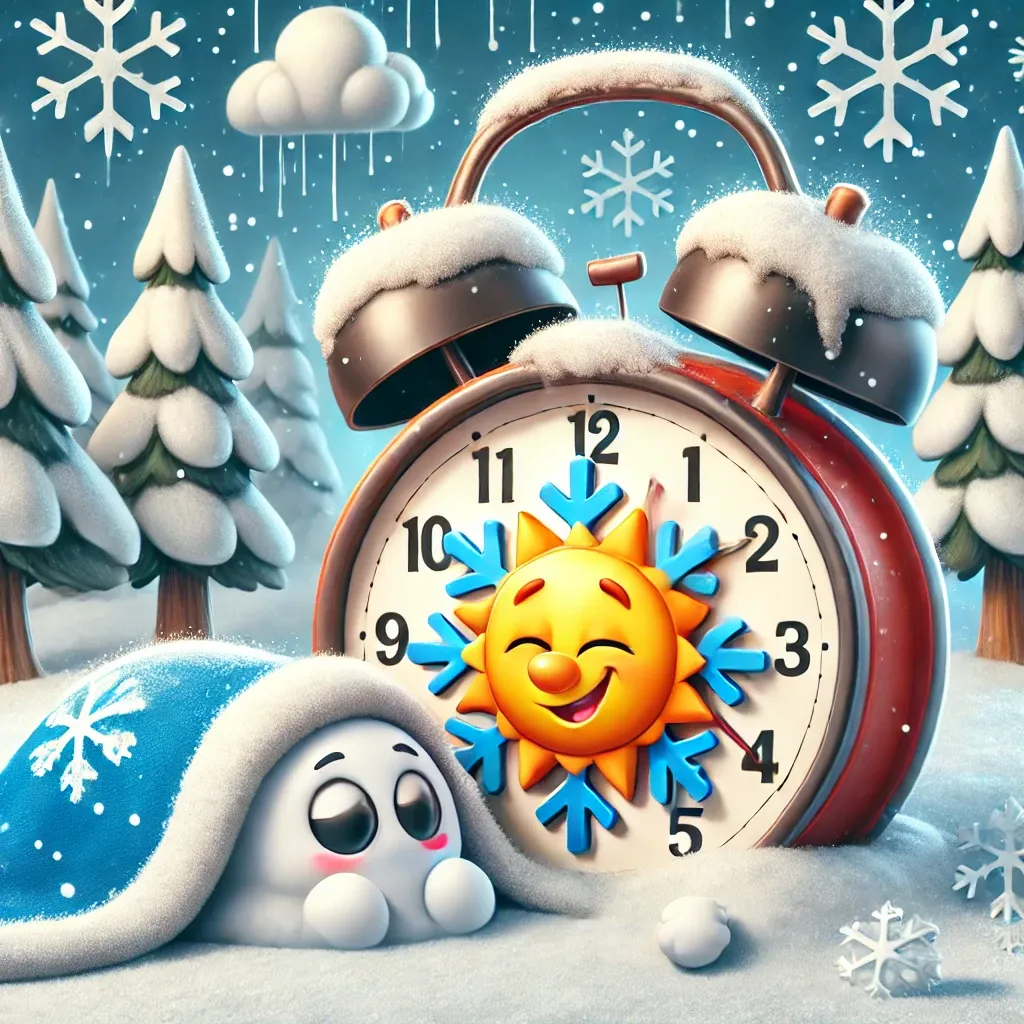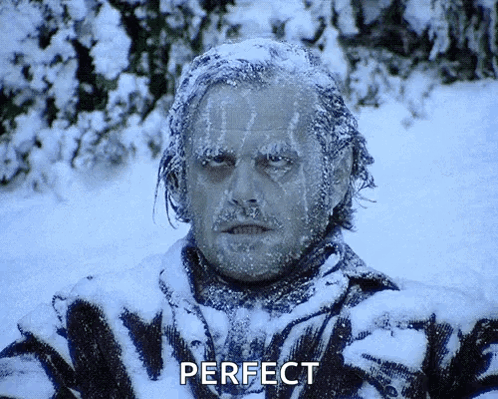Winter on Snooze: Why the Cold Season is Running Late

What is shaking Varrock Street Journal Community!?
Depending on where you live, maybe it's you since the weather outside is getting COLD! Ironically enough, that is the discussion for today's post. For a while now, I have noticed that the snow and cold of winter seem to come later and later each year. It is almost a question now, "Will we have a white Christmas?", since this type of weather seems to be so delayed. This is very different than the occasional snow days in October and November I was used to as a child. Just like many of these articles, we decided this would be a fantastic learning piece for us to dive into and see what current information we have about this topic, what research is being done, and what can we expect to see going forward. Hopefully, you can find a warm blanket and a cozy spot to sit down and enjoy today's article!
The History of Seasonal Timelines
Historically, winter has been defined in two ways:
- Astronomical Winter: Based on the Earth's tilt, winter in the Northern Hemisphere begins around December 21, the date of the winter solstice. This marks the shortest day and longest night of the year.
- Meteorological Winter: Defined by temperature patterns, meteorological winter includes the coldest months of the year—December, January, and February.
For centuries, these seasonal cycles remained relatively consistent. December marked the start of consistently cold temperatures, January and February were the peak of winter, and spring arrived by late March. However, recent climate patterns have altered these expectations, making the transition into winter feel delayed.

How Winter Has Shifted
Recent years have demonstrated noticeable changes in winter’s arrival and intensity. Reports from Climate Central show that the average winter temperature in the U.S. has increased by about 3°F over the past 50 years, with the most significant warming occurring in northern states.
Some key trends include:
- Later Arrival of Cold Temperatures: December has become milder, with major cold waves and heavy snowfall shifting into January and February.
- Shorter Winters: While cold weather still occurs, the duration of true winter conditions has decreased.
- Increased Seasonal Lag: There is a delay between the winter solstice and the actual onset of winter-like temperatures due to the warming atmosphere and ocean heat retention.
This shift isn’t just anecdotal; scientific data backs it up. NASA and NOAA studies show that snowfall patterns have changed, and some regions are experiencing later, but more intense, winter storms.
Why Is This Happening?
There are multiple explanations for why winter is occurring later:
- Climate Change & Global Warming: Rising global temperatures are delaying the cooling process that typically marks the transition into winter.
- Jet Stream Changes: A warming Arctic disrupts the polar vortex, altering weather patterns and delaying the onset of traditional winter conditions.
- Ocean Heat Retention: Oceans act as heat reservoirs, and as they warm, they delay the formation of cold weather systems that bring winter conditions.
Studies such as those from Vox and Time Magazine suggest that while some areas see delayed winter, others experience sudden, more extreme snowstorms due to shifting atmospheric patterns.

What This Could Mean for the Future
If current trends continue, we may see:
- More extreme weather events, including sudden deep freezes in late winter.
- Changes in agriculture and ecosystems, affecting planting and harvesting cycles.
- Altered migration patterns in wildlife that depend on consistent seasonal changes.
- Infrastructure challenges, as cities must adapt to changing snow and freeze-thaw cycles.
Experts predict that winter patterns will continue to evolve, requiring adaptation in everything from city planning to energy consumption.
Research and Future Applications
Scientists are actively studying how climate change affects seasonal shifts. Some key areas of focus include:
- Predictive Climate Models: Researchers at NASA and the National Weather Service are refining models to better predict seasonal changes.
- Geoengineering Possibilities: Some experts are considering whether intervention techniques could mitigate extreme seasonal shifts.
- Renewable Energy Adaptation: As winter storms change, energy grids must adapt to new peak demand periods.
Final Thoughts
Winter as we know it is changing, and understanding these shifts is crucial. While the snow may still fall, the timing and intensity of winter are evolving. What do you think about these seasonal changes? Have you noticed winter arriving later in your area? Join the discussion and share your thoughts!
Until next time, stay warm and stay informed.
- The Varrock Street Journal Team
